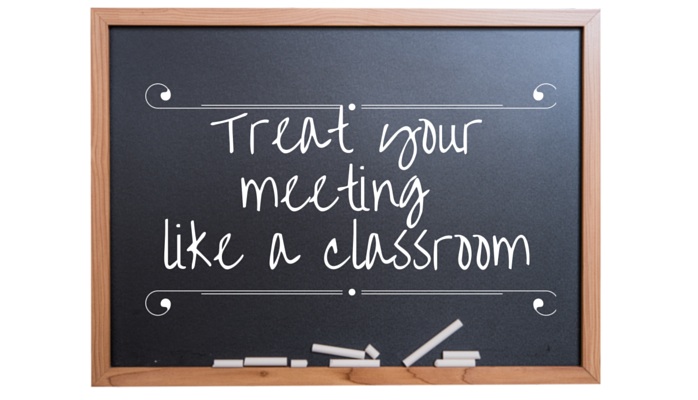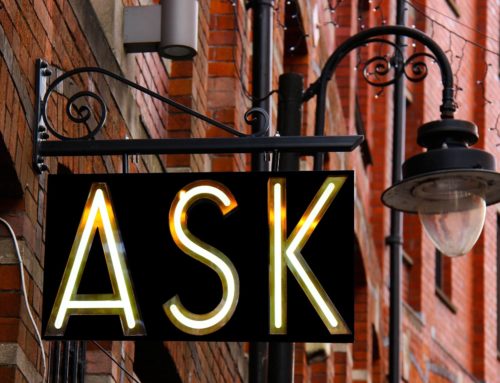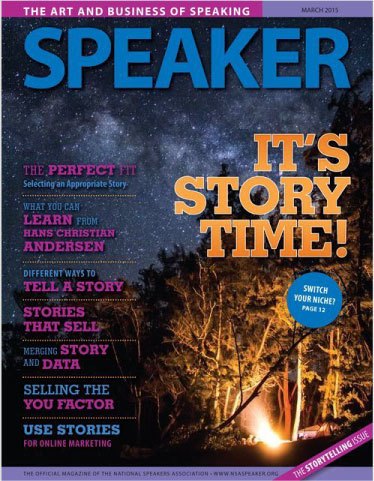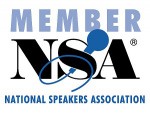Better Meetings. Better Learning.
I recently met a hip young woman who’d left a lucrative job in PR. She’d been a Meeting Planner at a very high-end company coordinating special events; the kinds of events where you-have-to-know-somebody-who-knows-somebody to even get on the waiting list. The kind that end up on Page Six of the New York Post. So I asked: Why on earth would you leave such a cool job?
Her answer? I got sick of going to so many meeting in order to plan a meeting.
Ahhh. The dreaded meeting. An essential business tool that is so often misused.
The Impact of Bad Meetings
Bad meetings are not only chasing off good talent, but several companies have realized that they are also fiscally careless.
3M recently calculated the time executives spend in meetings and discovered that they waste 78.8M annually having people sitting around in conference rooms discussing their productivity—but not actually being productive.
Proudfoot Research determined that only one-third of meetings in large organizations record minutes, leading to 1.5M in losses when people take inappropriate actions after the meeting.
A Meeting is a Learning Event.
As someone who designs learning interventions for a living, I have a particular view on meetings. I feel strongly that a meeting should be a learning experience.
Translation:
- Everyone who attends a meeting should leave the meeting knowing more about something than when they walked in.
- People should grasp what to do with the information they’ve just learned when they get back to their desks.
To that end, I suggest that Leaders start thinking about meetings as if they were classrooms. You are not the boss you are a teacher.
Lesson Plans
Before I invite participants to a training session I get very clear on the goal. I ask myself: What specifically do I want people to learn and what should they do with that knowledge when they get back to work?
Here are four common types of meetings and the goal of each:
Type of meeting |
Goal |
|
Consulting Meetings |
To solicit feedback or ideas about an initiative or innovation. |
|
Problem Solving Meetings |
To define the problem(s) that are plaguing the company, generate ideas to fix the problem, offer advice or reach alignment. |
|
Decision Making Meetings |
To reach consensus and generate excitement about a decision moving forward. |
|
Informing Meetings |
To discuss the implications that a piece of information or a decision will have on participants and their projects. |
Notice that for the last type of meeting, the goal IS NOT: To inform participants about a decision. The goal is: To discuss the implications of the information.
If all you want is a status update, ask for an email.
I see too many companies wasting valuable time and resources holding ‘status update’ meetings with no other goal than to do the status update. In fact, a few weeks ago I had a conversation with a client about this exact point:
Me: Why do you hold so many status update meetings?
Him: I need to know what everyone is doing.
It became clear to me that my client didn’t understand the difference between the Type of Meeting he was holding and the importance of the Goal of the Meeting.
Me: If all you want is to know what everyone is doing, than just ask for an email or a report. It would save everyone a lot of time.
Him: No, that won’t work. I want the entire team to hear what everyone else is doing.
Me: Why?
Him: So that we can all feel like a team. And more importantly, so that we can share best practices to serve our clients better.
Me: Does the team know this is your goal?
Him: I think so.
Me: Well, do they share their best practices with each other?
Him: (Pause) Not very often actually.
I suggested that he make his goal more explicit. I also suggested that he ask the following question after each person shares their update: What other clients could leverage this idea or use this information?
He’s reported that these two small changes have made his meetings more effective, and that staff are more engaged.
Classes are Time Bound
Educators know that attention is a finite resource. My research shows that shorter meetings (30 – 45 minutes) are equally as productive as longer ones (60 – 90 minutes.)
The shorter the meeting is, the more you can focus people’s attention. This means you won’t have to repeat discussion points that people miss when their attention wanders.
Rules Make For Good Behavior
It’s essential to set expectations up front in order to run an effective meeting. Be clear about what behavior is acceptable. At the start of every training session I review ‘ground rules of the house.’
- Respect is expected.
- One person speaks at a time.
- No interruptions and no sidebar conversations
- No email or blackberries.
- If you are not needed you can leave
- Everyone’s opinion is important, please contribute your thoughts and questions.
- Etc..
As you read the above list you might have been thinking: I’ve been in business a long time Carol; all of these things are obvious.
The point is not that any of these ground rules are revolutionary. The point is that if you are not disciplined about articulating them to your participants at the beginning of the meeting, you risk having people behave badly. They will arrive late. They will check their email. They will interrupt each other. They will waste valuable time speaking about something off topic. It’s your job as the leader to teach and reinforce acceptable behavior.
Classrooms Have Meaningful Dialogue
During a training session I rarely speak for longer than 10 minutes before I engineer some kind of activity.
An activity can be as simple as asking a question to generate engagement. Or, directing participants turn to one another to consider a topic for 2 or 3 minutes with the instruction to report back to the room at large what they discussed.
The technique of partnering people up for simultaneous short conversations works especially well in several situations. When:
- a majority of your participants are introverts and shy to speak up publicly
- you notice people doing email or other work during the meeting
- one person is monopolizing the discussion
- after lunch when people are low energy
A well-designed class appeals to all learning styles.
Each of us has a preferred learning style.
Visual learners need images and pictures. Aural learners prefer sound and musicality. Verbal learners need time and space to talk. Kinetic, or physical, learners need to move their bodies or have something tactile to touch while they learn.
When planning a session I make sure that there is something stimulating for all of the styles.
I’m going to assume that most of your meetings include PowerPoint. Be aware that PowerPoint mostly appeals to the Visual learners. Make sure you include supplementary ways to involve the other three learning styles.
For the Aural learners I often play music from my iPhone before a training session and during breaks. I also make sure to tell plenty of stories to keep them listening.
For full or half day training sessions I’ll take a stretch break every 30 minutes or so. This helps keep the kinetic learners engaged. You could also have a standing or walking meeting for them. And for the Verbal learners I make sure there is ample time set aside for them to ask questions and offer their comments.
Teachers Assign Homework
The period between meetings is where the real work gets done. In order to keep a project moving along it’s important to assign homework. Who is agreeing to do what and by when?
Make sure someone is keeping track of what is supposed to happen as a consequence of the meeting, and at the meeting’s end, review these items so it’s crystal clear to everyone what they are accountable to do.
Review the Homework
At the beginning of the next meeting with the same people, about the same topic, it’s a good practice to review the notes from the previous meeting.
Not only does this help focus people’s attention and get them mentally in the room (they likely will have just come from another meeting!) it holds attendees accountable for what they were supposed to do.
Report Cards
When I am hired to lead a training session my clients expect that their employees will leave the session knowing more about a topic than when they walked in and I am measured on the success of this happening. At the end of every session participants complete evaluations that grade my performance.
If part of your job is to run meetings, then you too are being measured on the success of learning happening in your organization. Only in your case, you won’t necessarily get a grade after every meeting. Your metrics are on a time delay. They will show up in your employee engagement scores, or your sales revenue numbers or your ability to increase in efficiencies in your department.
Teacher as Leader. Leader as Teacher
When managers and supervisors take the risk to step into the mindset that they are teachers, they can transform their leadership. Employees become more engaged, sales and productivity increases, morale improves and top talent doesn’t walk out the door because they are sick of going to so many meetings!

















